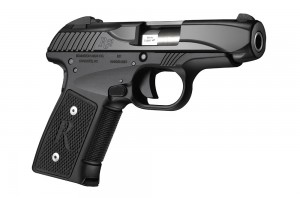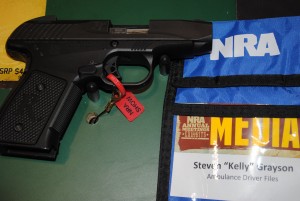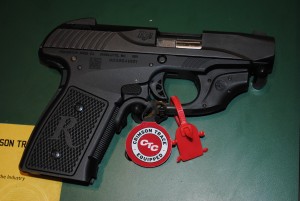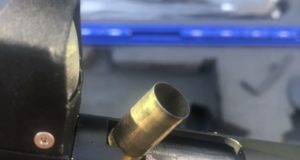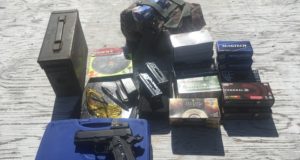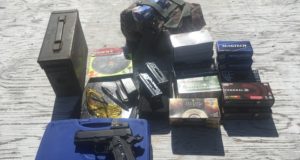Or maybe I should call it the redux of the redux, since last year’s launch was essentially a resurrection of the Remington 51, designed by John Pedersen way back in 1917.
For a re-launch of essentially 97-year-old design theory, it generated positive buzz. A lot of positive buzz.
And then people actually got a chance to buy and shoot it.
Remington utterly botched the launch. Their pre-production models given to gun writers for review ran like clockwork, and got accordingly positive reviews. But apparently, Remington’s run-up from prototype to production models suffered quite a few setbacks.
Quality Control was more along the lines of what you’d expect from Taurus, and many crappy pistols made it out the door and into the hands of disappointed buyers. Remington wound up recalling the pistols and stopping production. The quality disparity between the production guns and the prototypes reviewed by the major gun rags resulted in quite a few accusations of the authors of those reviews being little more than paid shills who wouldn’t know a good gun if they were pistol-whipped by one.
I handled one at NRAAM 2014 in Indianapolis, but never shot it. Frankly, I was surprised Remington let guns this poor wind up on the show floor where anyone could handle them and marvel at how rough they were. The triggers were heavy, gritty, and creepier than a white windowless van bearing the sign, “Free candy.” Running the slide felt like dragging a saw blade across rough-finished concrete. It was rough.
Well, the ones I handled at the show this weekend were a marked improvement over the early 2014 versions. The slide is smooth (well, comparatively), and the trigger breaks at half the weight of its predecessor, with much less creep and stacking. It’s still not a good trigger, mind you. But it’s only Glock-bad and no longer Chiappa 1911 .22-bad.
When asked what they had done differently to improve the current R51, the Remington engineers I spoke to both said, “Better QC.” They both stated that production standards, tooling, and training were better after moving production to their Huntsville, AL plant. Of the few modifications they had to make, a reworked extractor design is hoped to solve the many FTE failures common in the earlier guns.
Let’s hope so. It’s a pretty cool-looking little gun, and I’m sure it will sell well, although I’m not convinced it fills a market niche that a dozen other guns don’t already do better.
Time will tell…
 Ambulance Driver Files A Day in the Life | Kelly Grayson
Ambulance Driver Files A Day in the Life | Kelly Grayson
